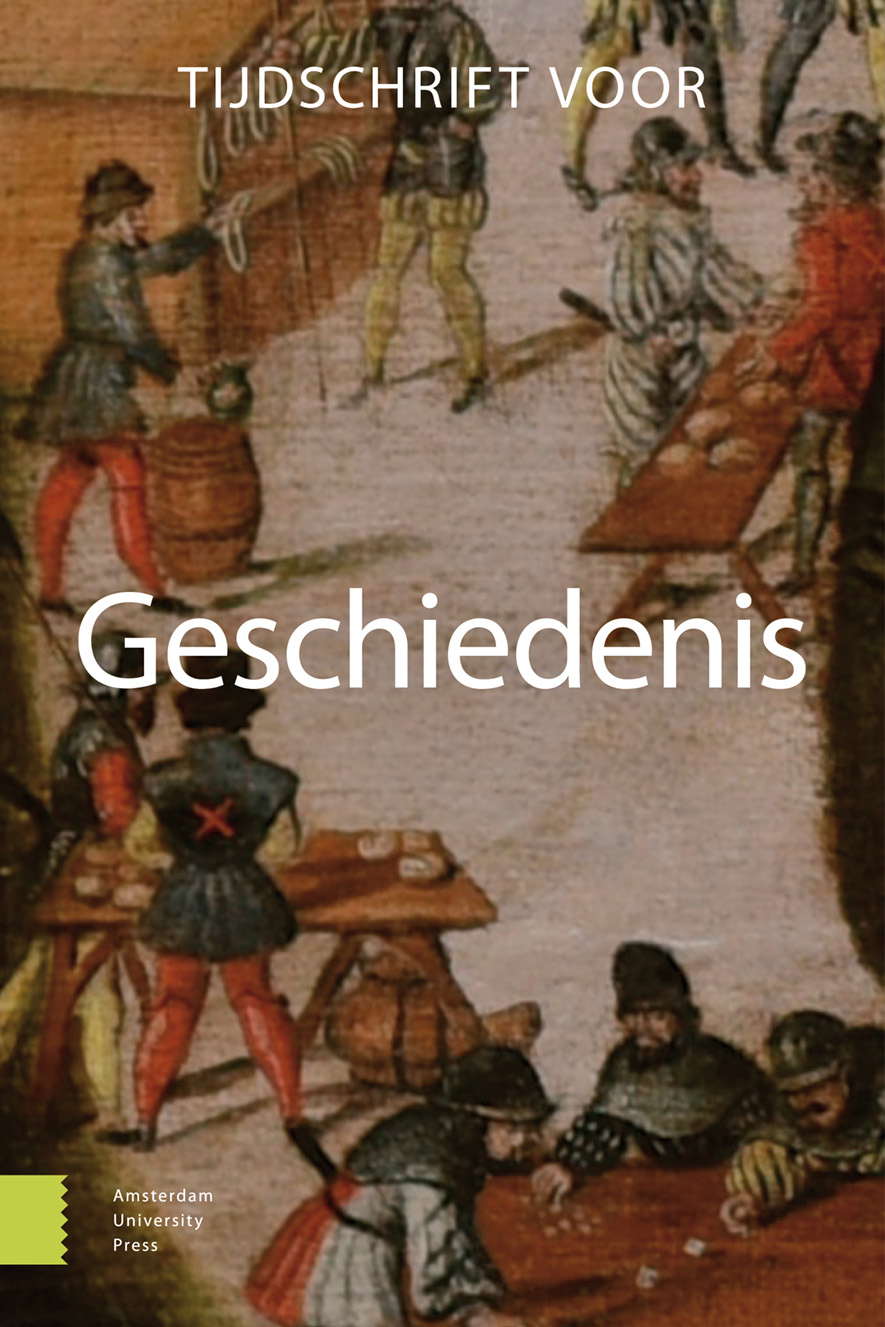-
oa In naam van het algemeen belang - De ontstaansgeschiedenis van de ruilverkaveling als instrument voor inrichting van het platteland
- Amsterdam University Press
- Source: Tijdschrift voor Geschiedenis, Volume 122, Issue 1, Mar 2009, p. 72 - 85
Samenvatting
This article explores the historical actors and societal factors existing at the beginning of land consolidation as an instrument of Dutch rural planning. The call for a legal framework to redistribute fragmented parcels in an efficient and rational manner, was growing from the 1890’s onwards. Because of the ideological barriers in the political center, in which the division between public and private interests was the most important aspect, this framework was heavily disputed. Social minded, liberal reformers of the middle class, mobilized political pressure. The government was ready to take action, when the First World War made the national economy fragile and revealed the necessity to become more self-sufficient. In 1924 the first Land Consolidation Act was passed, but obstacles blocked a widespread use of the instrument. These obstacles were lowered in the 1930’s. Economic recession gave way to an active policy for the improvement of the countryside, for which the Land Consolidation Act was the judicial vehicle.


